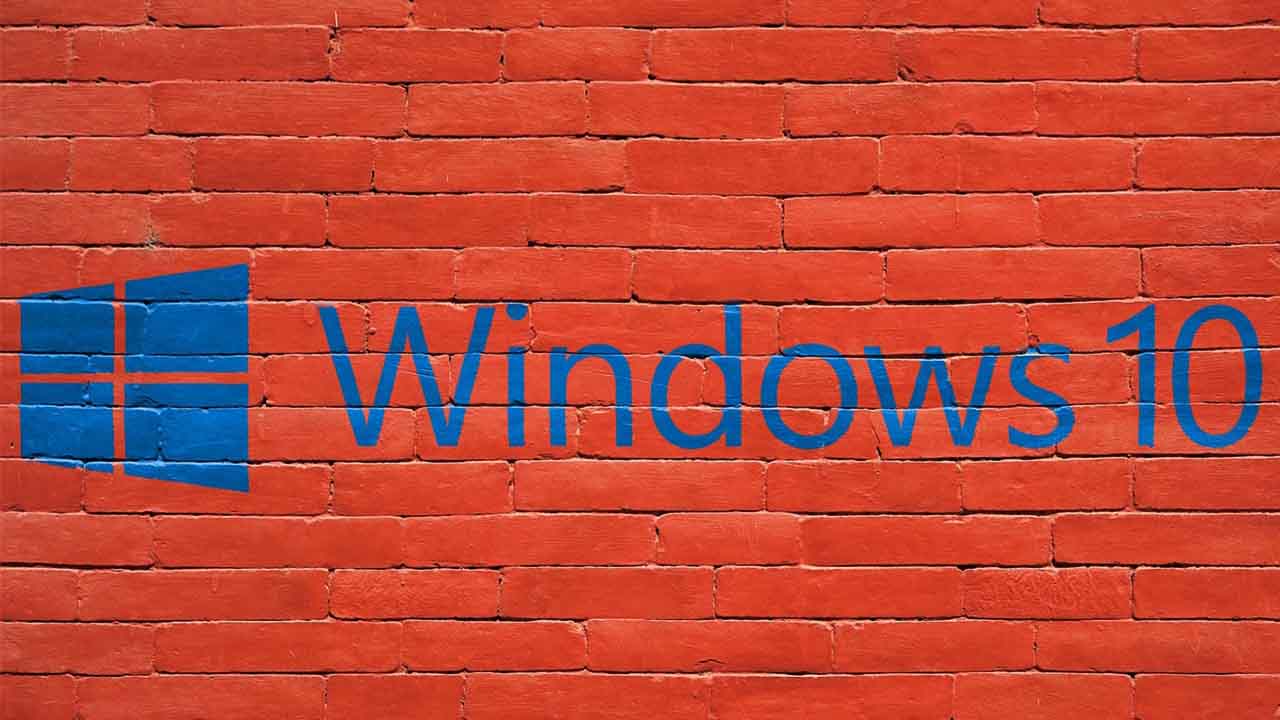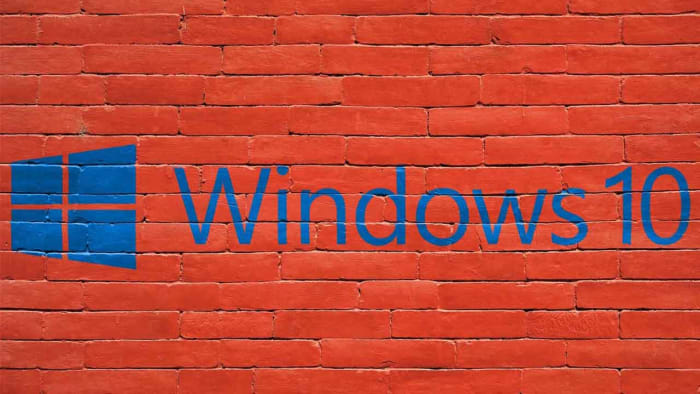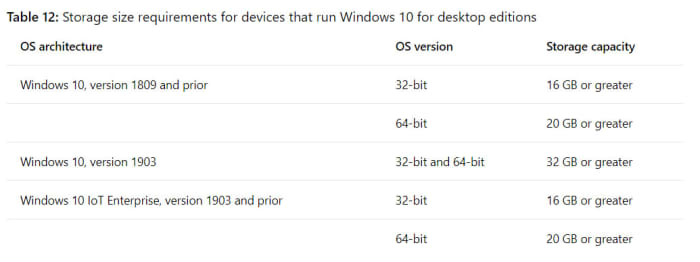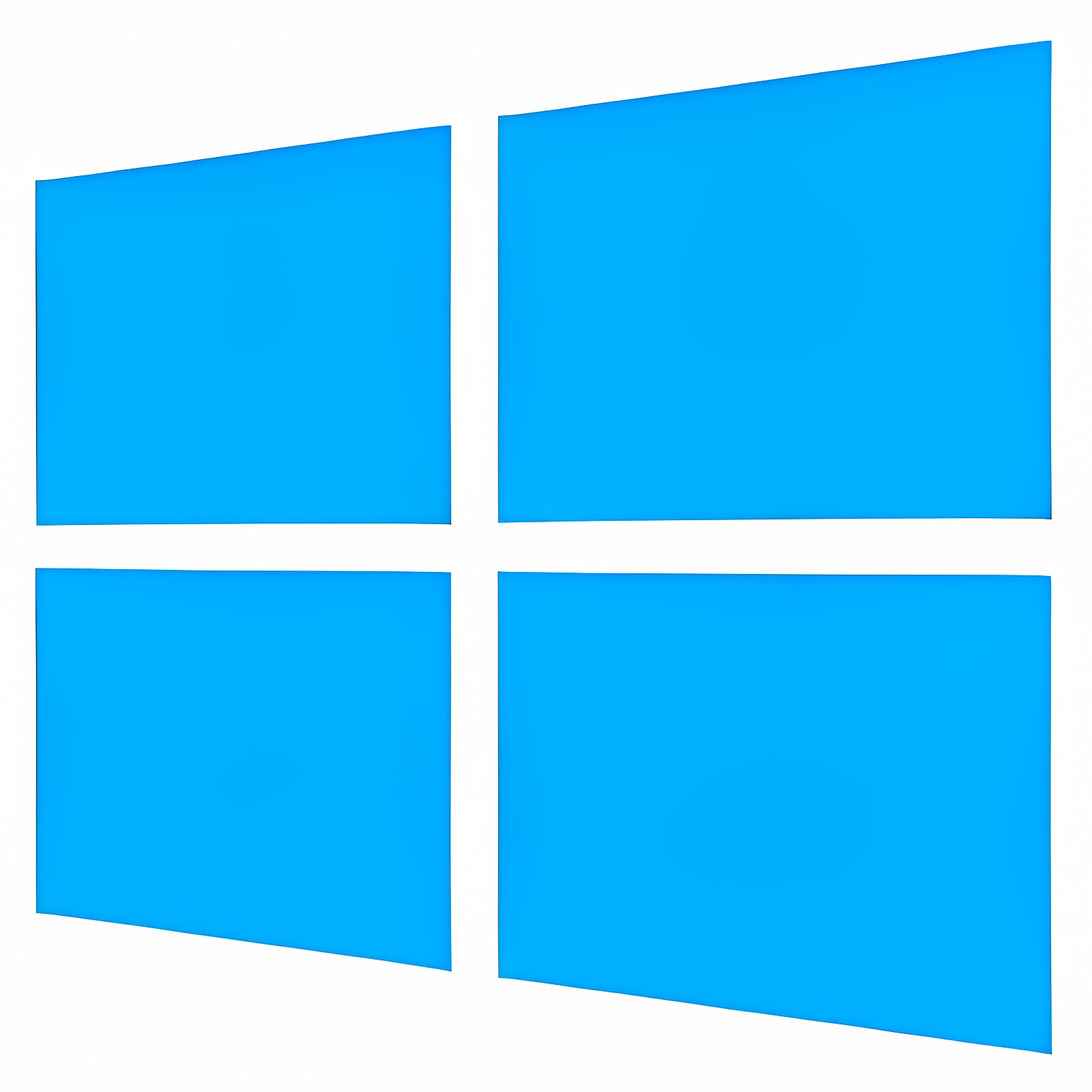News
Windows 10 update to require at least 32 GB

- April 30, 2019
- Updated: July 2, 2025 at 5:02 AM


Windows 10 updates have had somewhat of a controversial history. From downgrading user licenses to deleting users’ files there have been plenty of controversies since Microsoft started forcing us to update our main operating system periodically. Fortunately, Microsoft is aware of the frustration Windows 10 updates can cause and has been working to make them less annoying and work a little quicker.
The software giant, however, is still determined to have Windows 10 as a continuously evolving operating system so updates are here to stay. Not only that, but it looks like they’re getting bigger too.
The Windows 10 May update will require at least 32 GB of hard disk space
Microsoft has released an advisory note on the minimum hardware requirements for Windows 10, including past and upcoming updates to the OS. Unfortunately, there is bad news for anybody who has limited hard drive space on their PC. The minimum requirement for both the 32-bit and 64-bit versions of the upcoming Windows 10 update has doubled from 16 GB to a massive 32 GB of disk space.
If you add this to the recent news that Windows will be reserving 7 GB of disk space for future updates, you can see that Microsoft really is starting to put a strain on users’ hard drives.

This problem will likely affect users of older PCs, which have smaller hard drives, but modern devices will also likely be affected by the change. With new Solid-State Drives (SSDs) offering much higher read and write times than traditional hard drives, many PCs and laptops have been sold with smaller SSD drives working as the primary drive. These often start 128 GB, which means the changes to the Windows 10 updates will take up a fair chunk of the primary drives found on many modern machines, too.
Unfortunately, it looks like this change may just be the beginning of the trend, with update sizes likely to increase further going into the future. Windows specialist Paul Thurrott believes it won’t be long before the requirement doubles again. He said, depending on what you need your PC for, 256 GB could now be a more appropriate minimum primary hard drive size. Thurrott wrote, “… given the way storage is trending, I’m surprised it took so long to get to 32 GB. And I see a 64 GB minimum happening in the near future.”

The increased minimum will mean that future devices will need to be built with an eye on increased capacity. This is positive news if you’re in the market for a new PC or think you will be soon. If, however, you’re not looking to buy a new computer but only have limited space available on your hard drive, it might be time to start thinking about an upgrade.
Patrick Devaney is a news reporter for Softonic, keeping readers up to date on everything affecting their favorite apps and programs. His beat includes social media apps and sites like Facebook, Instagram, Reddit, Twitter, YouTube, and Snapchat. Patrick also covers antivirus and security issues, web browsers, the full Google suite of apps and programs, and operating systems like Windows, iOS, and Android.
Latest from Patrick Devaney
You may also like
 News
NewsThe finale of Stranger Things will be shown in theaters and has already sold more than 1 million tickets
Read more
 News
NewsCreate retro-futuristic reels with Premiere Pro + Firefly
Read more
 News
NewsPluribus’ ending could have been much more bland, but an Apple executive suggested something else
Read more
 News
NewsIf there are no more Avatar movies, James Cameron knows how the story will continue
Read more
 News
NewsApple doesn't want its foldable iPhone to have wrinkles on the screen: is there a solution?
Read more
 News
NewsWe already know who will be the director of the Sleeping Dogs movie
Read more
